IT Field Service Engineers – where did they come from?
At any minute, 24/7, there are IT Field Service Engineers working on different types of servers all over the world. What is their history? Why do we need so many?
This article looks at the history of computing and the people who came before IT Field Service Engineers.
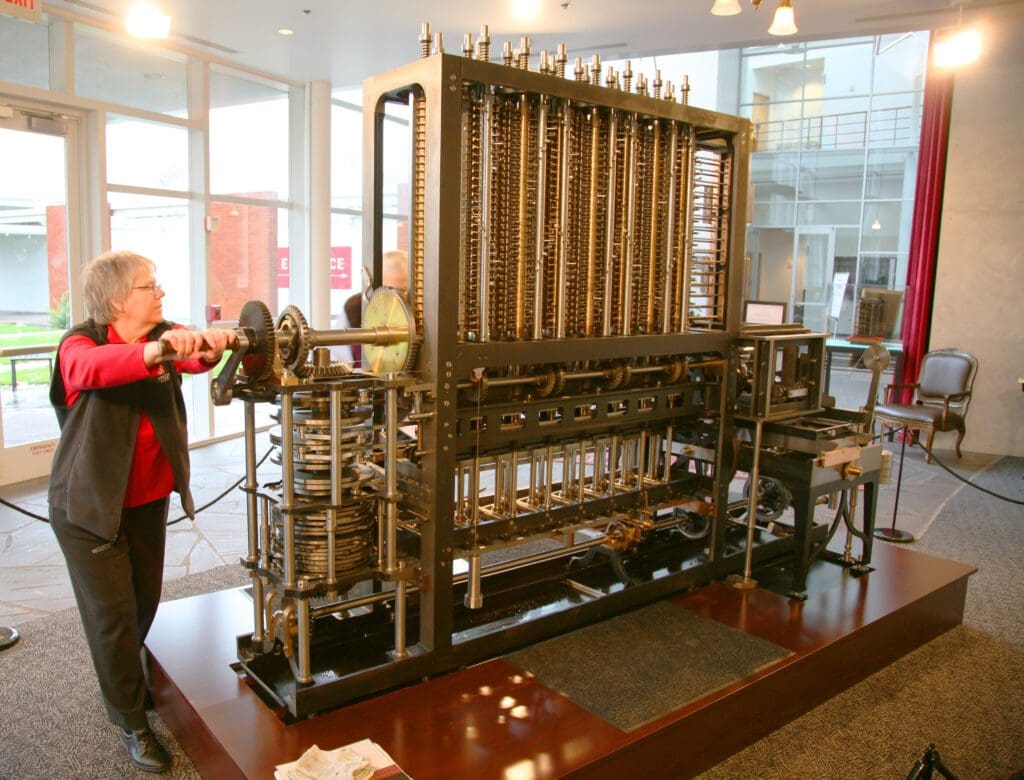

The mechanical and analogue past – before IT field service engineers
In all ancient civilisations, we see a desire to count and to calculate. At first, there were fingers and toes, or stones and shells. This was a purely mechanical and very limiting system with little sharing possibility.
The abacus
The abacus was the first counting machine and is thought to have been invented in ancient Babylon (now Iraq) in about 300 b.c.e


The slide rule
The slide rule is a mechanical analogue computer used when there is a need for more than just addition or subtraction. In about 1620, the slide rule was invented and is based on the Gunter rule.
Edmund Gunter invented a rule which enabled a user to calculate faster by using the rule with a pair of dividers.
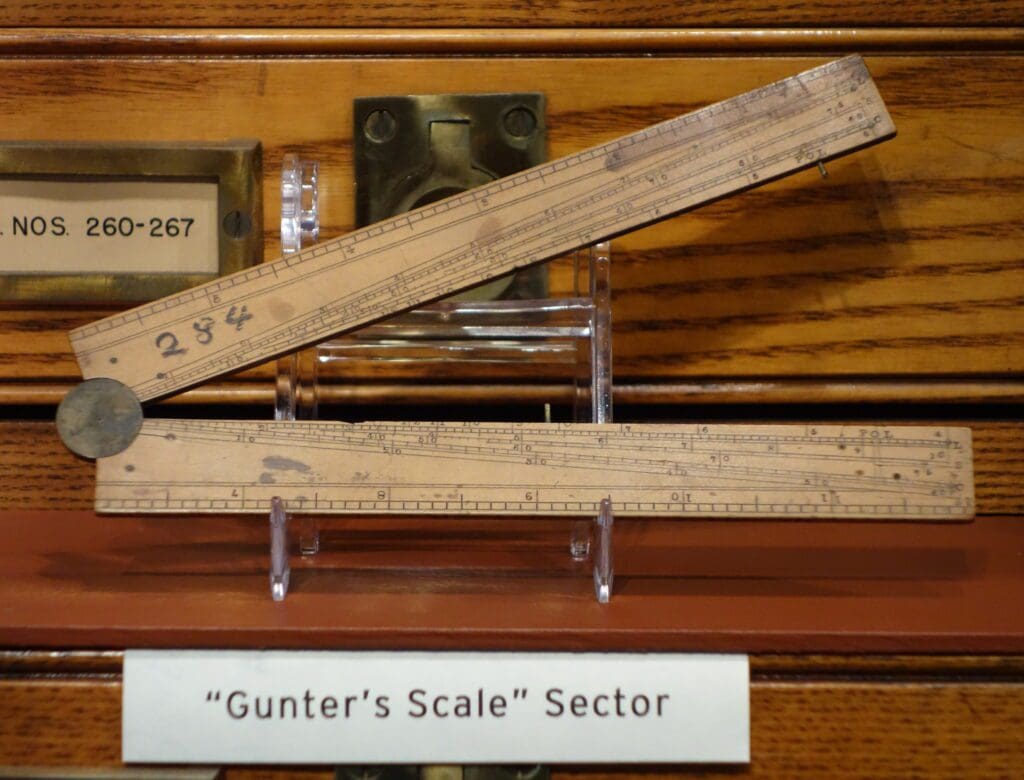

Napier’s Bones
Napier’s Bones is a manually operated calculating device invented by John Napier in 1617. John Napier had already invented logarithms as a means of simplifying complex calculations. His ‘Bones’ went a step further in speeding up calculations. The bones (rods) could be assembled in different ways to multiply or divide large numbers.
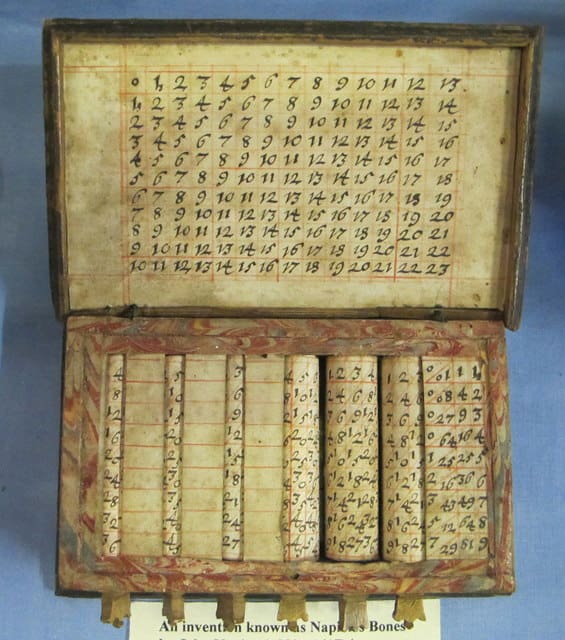

Schickard’s calculator
Wilhelm Schickard built two calculators at around this time which were both lost but details of them survive in his notes. Schickard’s calculator combined two things:
Napier’s Bones for multiplication and division
A toothed-wheel system to add and subtract
It was therefore the earliest known mechanical four function calculator.
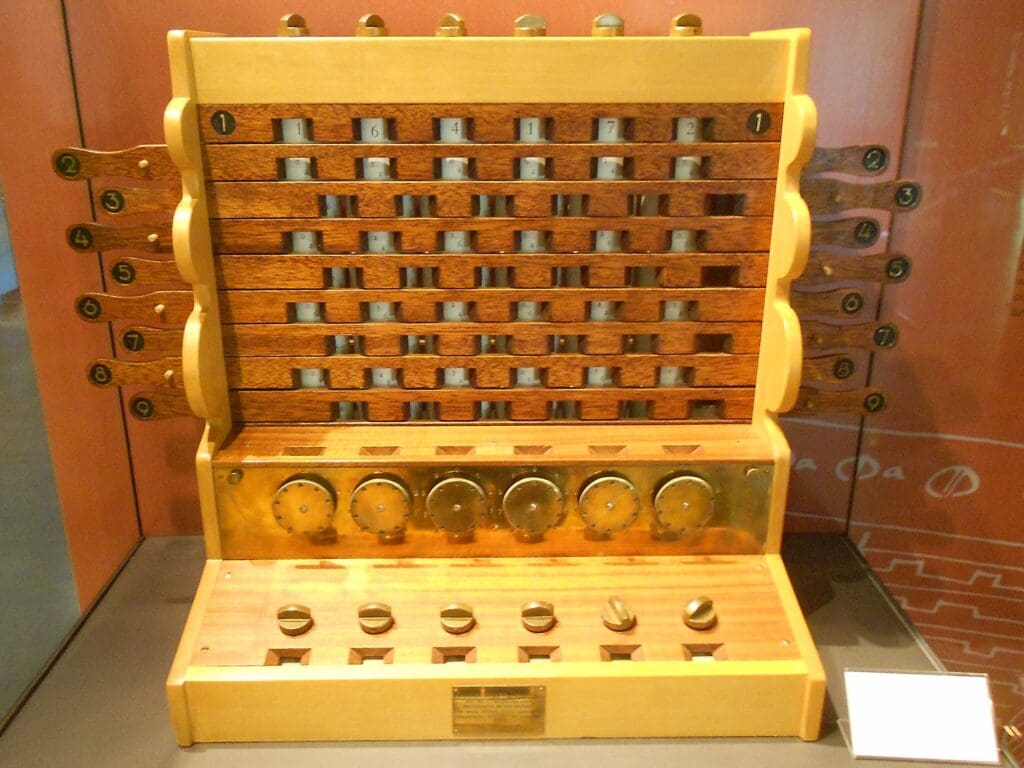

The slide rule
The modern slide rule was created in 1959 by Amedee Mannheim and was easier to use. He was perhaps an early example of a Human Factors Engineer?
Human computers
Human computers have been used for a long time. The astronomer Edmond Halley had predicted that the comet named after him would return and that the laws of gravity could predict exactly when. So, in 1757 Alexis-Claude Clairaut worked with two friends on the calculation. It took them weeks but eventually they predicted that it would appear between March 15th and May 15th 1758. In fact it appeared on March 13th 1758 but it was a surprisingly accurate manual calculation.
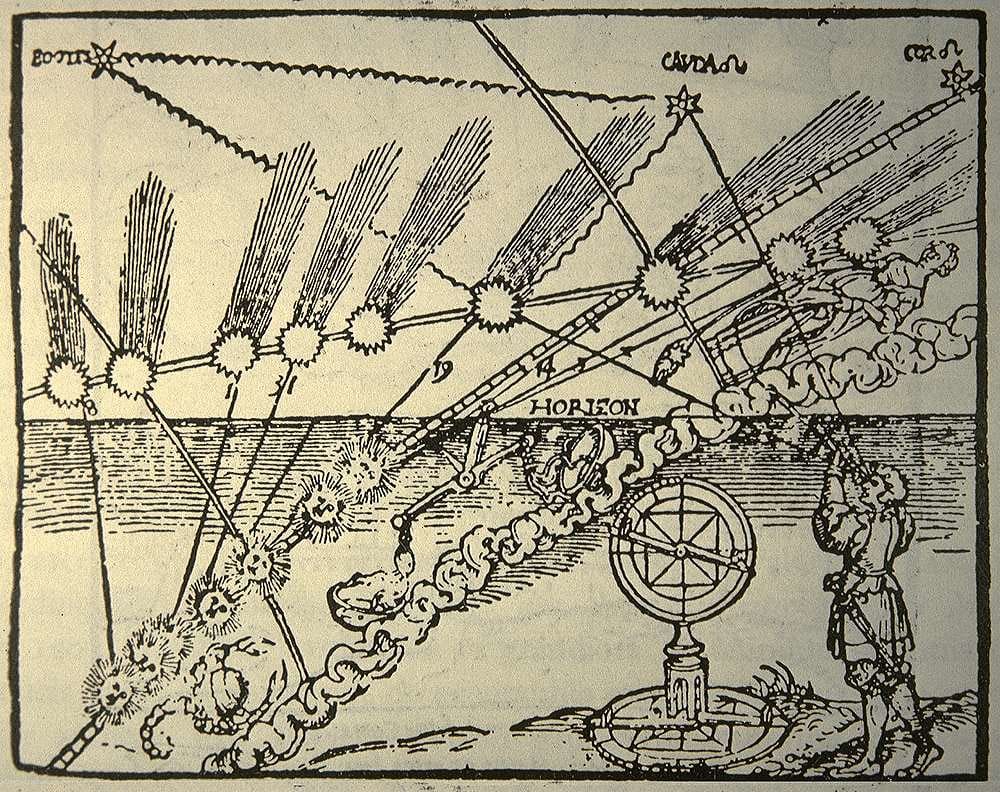

Moving forward into the last century, NASA used a team of human computers who were all female to work on calculations and plotting data received from satellites. They used slide rules and mechanical calculators as well as pencil and paper to calculate.
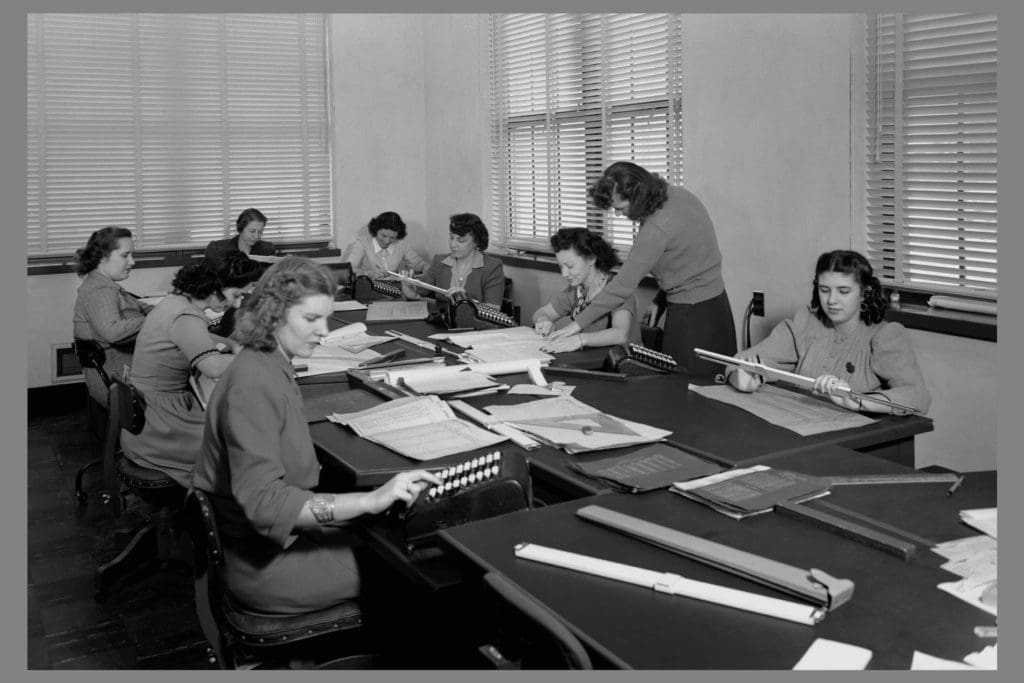

This was how things progressed from using mechanical and analogue tools, which were not programmable. What about digital and programmable concepts?
Further reading
IT Field Service Engineers – who is under most pressure
IT field engineering transferable skills
Continuing this article – IT Field Service Engineers – Part 2


Responses